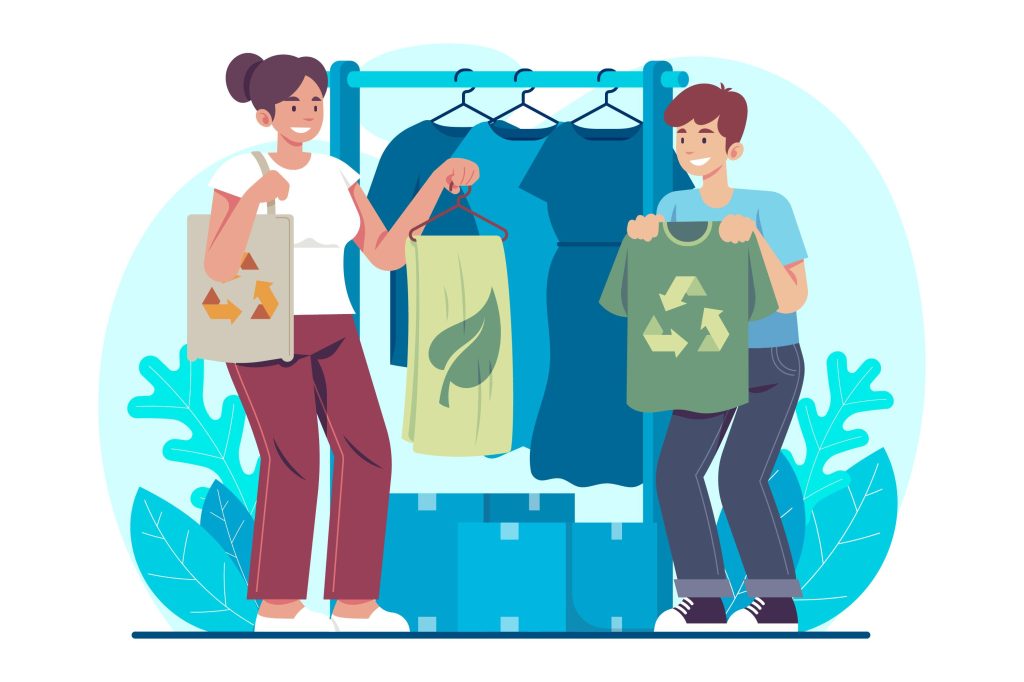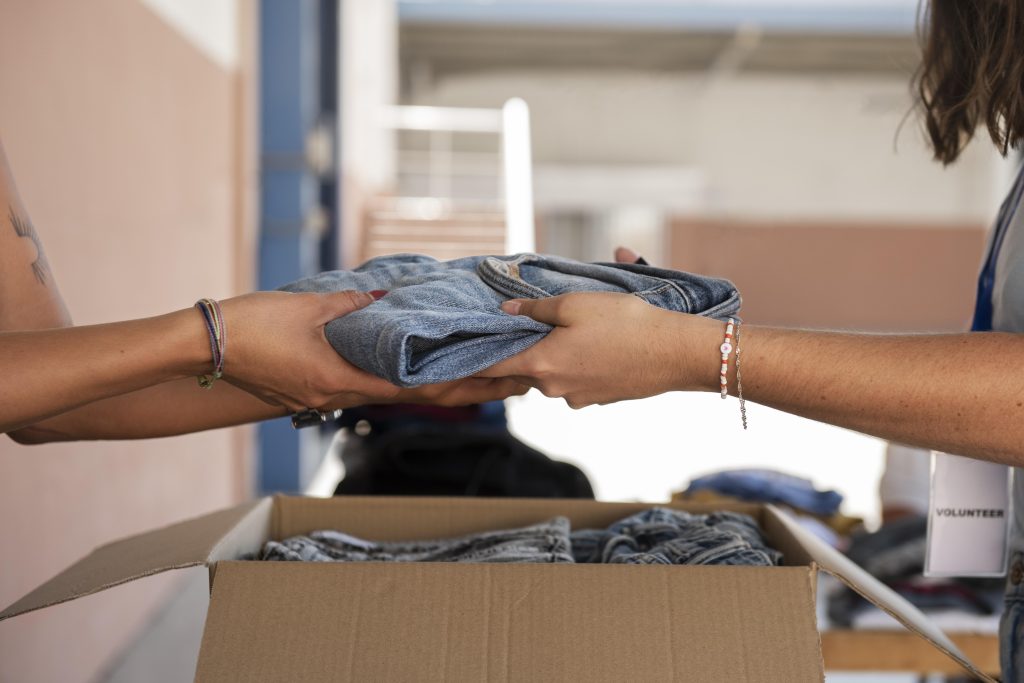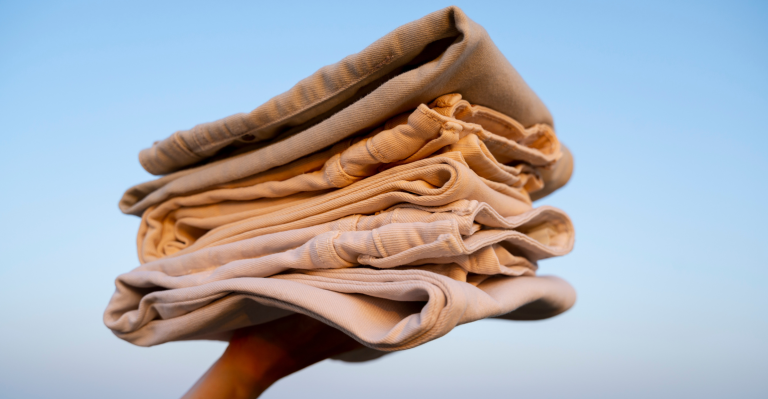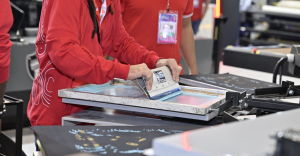The textile industry faces a global-scale problem: the enormous volume of waste it generates, whether during production or post-consumption. However, this challenge is also turning into an opportunity—for those who want to innovate, save money, improve their image, and, above all, be part of a cleaner and more conscious supply chain. Here, we will break down the panorama, best practices, technologies, benefits, challenges, and real examples of how recycling in the textile industry is evolving—accessible for those starting out, but with technical precision for those already working in the sector.
Problem Overview
Brazil discards approximately 4 million tons of textile waste annually from households, according to a study by consultancy S2F Partners. This includes clothes and shoes that are no longer used. On average, each Brazilian household discarded about 44 kg of these items in 2024.
Globally, the challenges are even greater: it is estimated that 92 million tons of textile waste are generated annually, including used clothing, bedding, curtains, cutting scraps, etc. Most of this waste—both in Brazil and worldwide—is not reused: 80% of discarded textiles end up in landfills, incinerated, or dumped into the environment. In Brazil, less than 1% of discarded textile material returns to the supply chain as new fabric or items of equivalent value; about 13% can be reused for more basic purposes (linings, fillings, etc.).
The consequences of improper disposal go beyond the accumulation of waste: there is direct environmental impact, such as soil contamination, resource depletion, greenhouse gas emissions, and microplastic pollution as synthetic fibers degrade in the environment. There are also hidden costs for society and companies that ignore the issue.
Waste Management in the Textile Sector
Before discussing innovation or new fabrics, it is essential for the textile supply chain to establish an organized foundation for managing textile waste. Some practices have shown results:
- Internal selective collection: Factories separate cutting scraps, trimmings, and finishing waste during the production process to avoid material mixing.
- Reverse logistics: Programs by brands and retailers to collect used (or unsold) items for recycling or repurposing.
- Partnerships and local reuse chains: Collaborating with cooperatives, sewing workshops, or specialized companies to transform waste into new products, minimizing transportation and costs.
- Material sorting and separation: Sorting by fiber type (cotton, polyester, mixed) greatly facilitates the subsequent recycling process.
- Production waste management: Cutting scraps, trimmings, threads, dye residues—all can be reduced, recycled, or repurposed for secondary uses.
These practices require commitment from design (choosing materials and structuring pieces to facilitate disassembly), through operations, to final logistics. Companies that already apply these practices can achieve not only environmental gains but also operational benefits.

Circular Economy and Reuse
The idea of a circular economy is that waste returns to the production cycle, reducing the need to extract new resources and preventing waste accumulation. In textiles, this can take several forms:
- Upcycling: Transforming waste or used items into design products or items of equal or greater value than the original.
- Downcycling: Reusing fibers or fabrics for products with lower technical or aesthetic requirements (linings, fillings, rugs, etc.).
- Reuse: Selling or donating used, vintage, or reconstructed items to extend their lifecycle.
- Clothing subscription or rental models: For shorter uses, reducing the need to purchase new items.
A successful business model combines reverse logistics + collection + requalification workshops (sewing, customization) + sales of recycled or reused products. Additionally, many consumers are willing to pay more or choose brands with sustainable practices, so this type of model can also serve as a competitive advantage.
Innovation in Recycled Fabrics
To make recycling a scalable practice, various technologies and processes have been developed. Some examples include:
- Recycled PET fibers: Plastic bottles are transformed into fibers that become recycled polyester, reducing petroleum use, slowing decomposition, and lowering emissions.
- Regenerated or defibered cotton: Reuse of post-consumer cotton or production scraps, defibered to create yarn for new fabric. For example, Dalila Têxtil produces fabrics by mixing defibered cotton.
- Sustainable dyeing technologies: Using less toxic dyes, processes that require less water, and avoiding steps that generate residual pollutants.
- Automation and digitization (Industry 4.0): Sensors, automatic classification systems, data analytics to optimize waste collection, transportation, and sorting; fiber traceability from disposal to reintegration. Some research points to the use of computer vision algorithms and robotics to separate fibers more efficiently.
Challenges and Future Perspectives
Not everything is simple. There are several technical, economic, and regulatory barriers that need to be addressed. Among the technical barriers, we can highlight the difficulty of separating fiber blends, variability in waste quality, and the need for advanced sorting and recycling technology.
High initial costs for investing in collection systems or developing innovative solutions through research or testing can also hinder large-scale application of recycling in the textile industry.
In Brazil, there is also a regulatory gap: post-consumer textile waste does not yet have full regulation for mandatory reverse logistics, although there is movement toward this. Public policies can greatly accelerate this process by establishing minimum targets, tax incentives, and extended producer responsibility standards.
The scenario, however, is promising, and there is ample room for development: new technological solutions are expected to evolve to overcome limitations in quality, cost, and scale. Industry 4.0, automation, digital printing, sustainable dyeing processes, and modular designs are key pieces in this advancement.

Inspiring Cases and Brazilian Models
Some projects in Brazil already offer concrete solutions to the problem:
- The Recria-se project, created by Instituto Justiça in partnership with Ciclo Reverso, transforms textile waste into sustainable products, generating income for women in vulnerable social situations.
- Dalila Têxtil produces fabrics using defibered cotton mixed with recycled PET yarn in its Infinity line, eliminating dyeing for part of the material, which reduces water consumption and environmental impact during the process.
- Texneo, through its TexneoGreen line, offers products with recycled polyamide, recycled polyester, and other more sustainable materials, reinforcing that there is a market for high-quality recycled fabrics.
Textile Recycling: A Collective Challenge, Results for All
Recycling in the textile industry is increasingly an urgent necessity. Through efficient waste management, adoption of circular models, innovation in raw materials and processes, and regulatory, social, and business engagement, this sector can rebuild its environmental impact without sacrificing its ability to create, dress, and inspire.
For those starting out, the path may seem long: mapping internal waste, investing in recycled suppliers, testing new fabrics, adapting designs. But each step contributes to reducing environmental damage and opening market opportunities for those who do things differently, valuing clean production, transparency, and responsibility.
Whether you are a company, a professional, or a consumer, the invitation is clear: to view textile waste not as an immutable problem but as the raw material for a more sustainable future.




